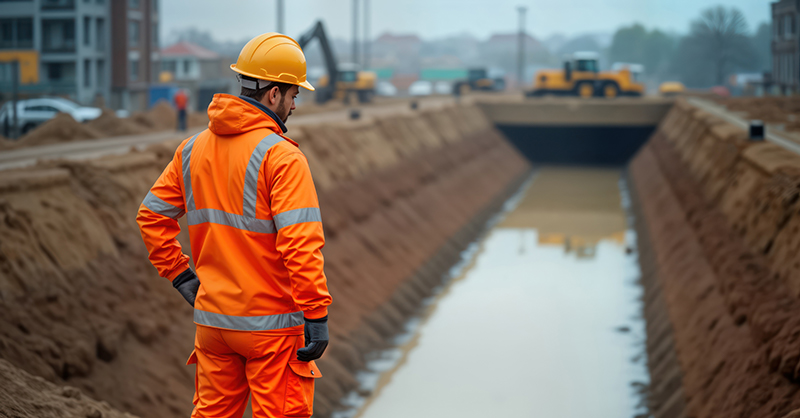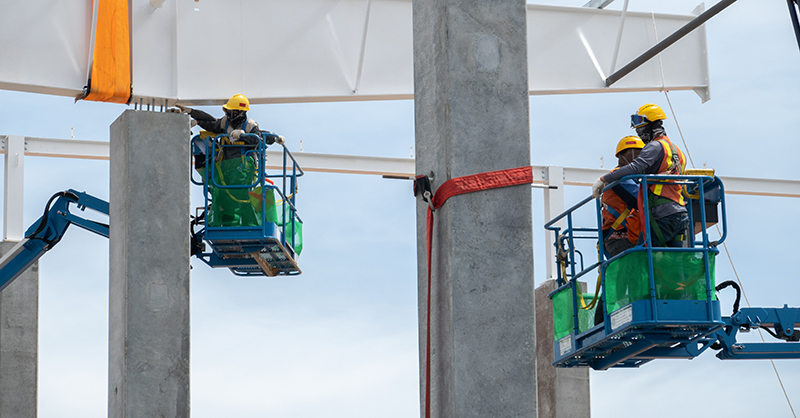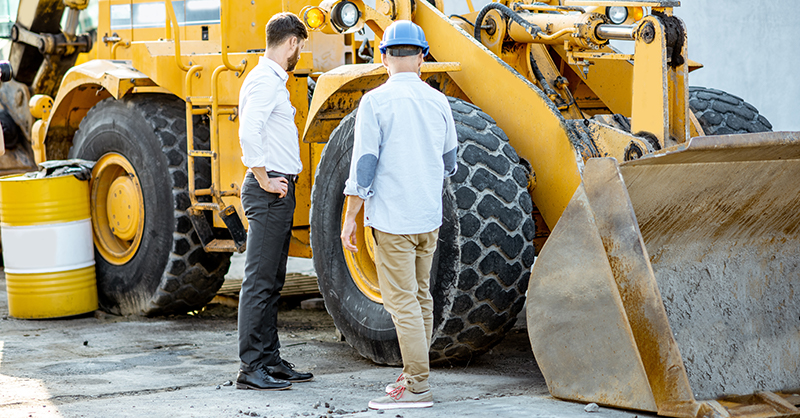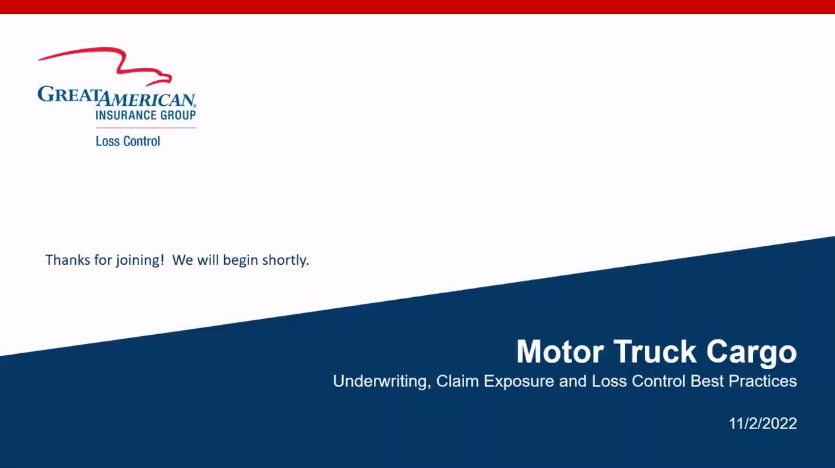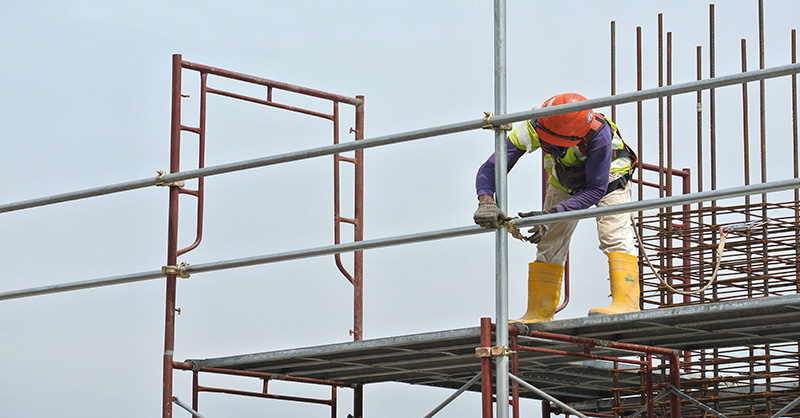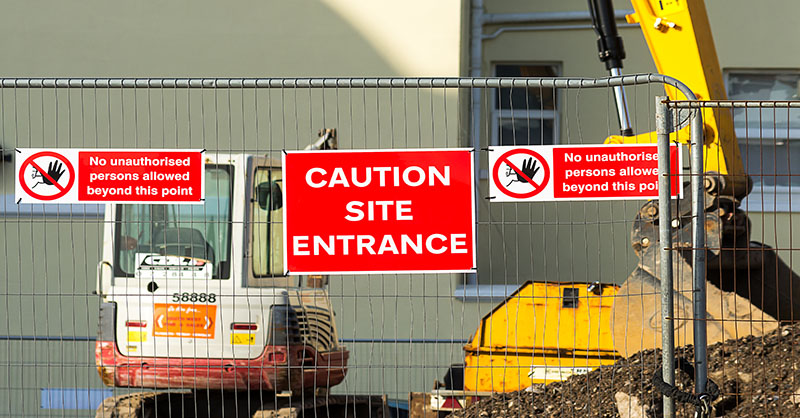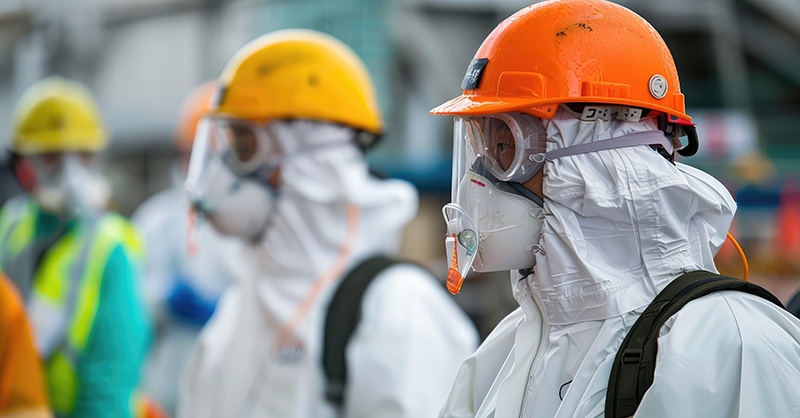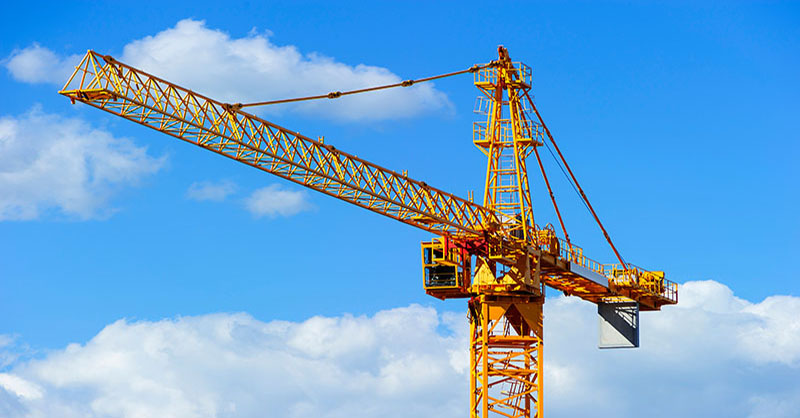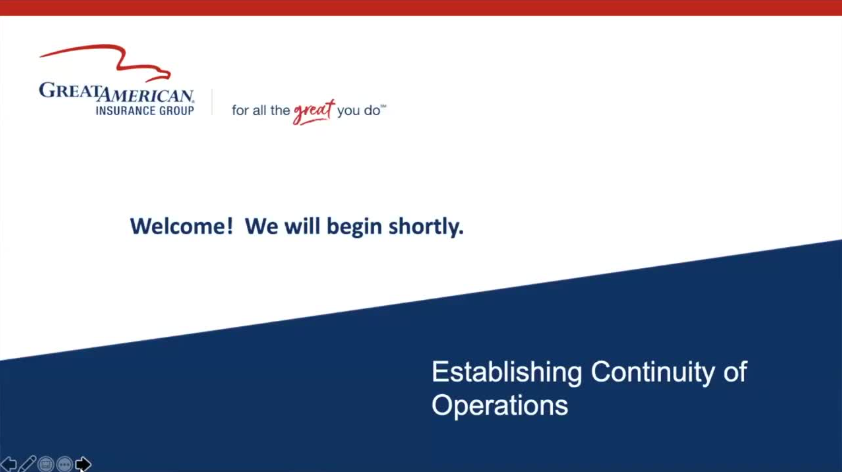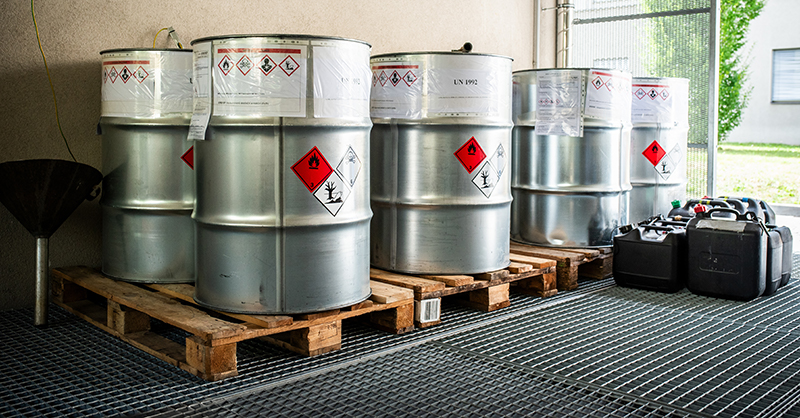The Importance of Personal Protective Equipment on Construction Sites
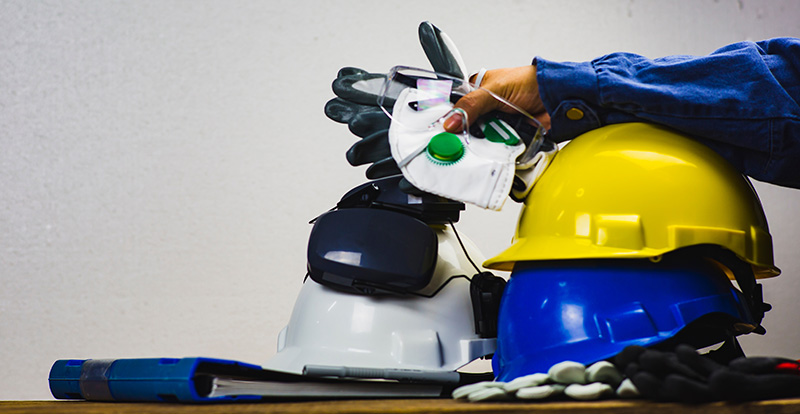
Personal Protective Equipment (PPE) can help ensure the safety and health of workers on construction sites. This is especially true when engineering and administrative controls cannot effectively mitigate risk. PPE can include many types of gear designed to protect workers from injuries and illnesses resulting from exposure to various hazards. It is important to consider the types of PPE commonly used in construction and their importance.
Types of PPE in Construction:
- Head Protection: Hard hats can help protect workers from head injuries caused by falling objects, bumps, and electrical hazards. According to the Occupational Safety and Health Administration (OSHA), head protection must meet specific standards to ensure effectiveness. While not an OSHA requirement, type II hardhats, which require a chinstrap to keep safety helmets in position during a fall, are a commonly accepted best practice in the construction industry.
- Eye and Face Protection: Safety glasses, goggles and face shields can help protect workers from flying debris, chemical splashes, and harmful radiation. These are particularly important during activities like welding, cutting and grinding.
- Hearing Protection: Since construction sites can be noisy environments, earplugs and earmuffs should be used to help protect workers from hearing loss due to prolonged exposure.
- Respiratory Protection: Use respirators and masks to help protect against dust, fumes, and other airborne particles that are common on construction sites.
- Hand Protection: Use gloves to help protect hands from cuts, abrasions, chemical exposure, and electrical hazards. Different types of gloves can be used depending on the specific task and hazard.
- Foot Protection: Wear safety boots with impact-resistant toes and slip-resistant soles to help protect against foot injuries caused by falling objects, punctures, and slips.
- Body Protection: Wear high-visibility clothing, coveralls, and vests to help protect workers from various hazards and make them more visible to others on the site.
- Fall Protection: Install harnesses, lanyards, and other fall protection systems to help prevent falls from heights. Falls are a leading cause of injuries and fatalities in construction.
The Role of PPE in Safety
PPE is the last line of defense in the hierarchy of controls, which also includes elimination, substitution, engineering controls, and administrative controls. While other controls aim to remove or reduce hazards, PPE can be effective when these measures are not sufficient.
Proper fit and usage of PPE are vital for its effectiveness. Ill-fitting PPE can compromise safety and hinder performance. Efforts to improve PPE fit and design, considering factors like gender, size, and specific job functions, can help ensure all workers are adequately protected.
PPE is indispensable on construction sites for helping safeguard workers against various hazards. Each type of activity can determine the appropriate PPE that should be used, so conducting a hazard assessment can help identify the proper PPE for the job. By adhering to safety standards and ensuring proper use and fit, PPE can significantly reduce the risk of injuries and illnesses, contributing to a safer and healthier work environment.
